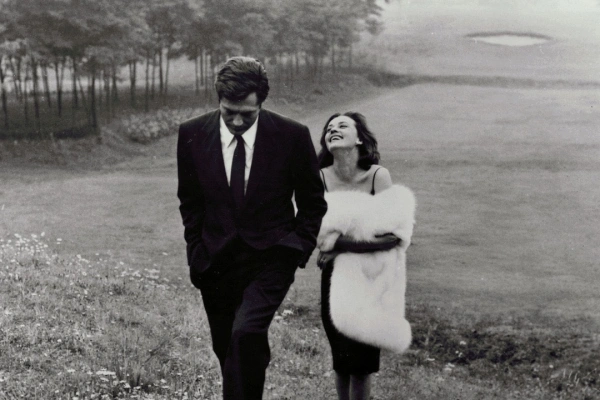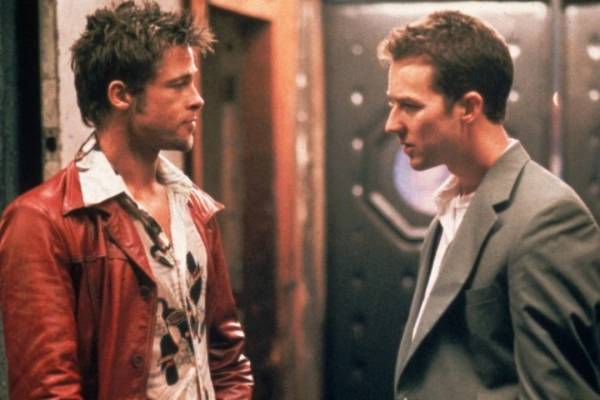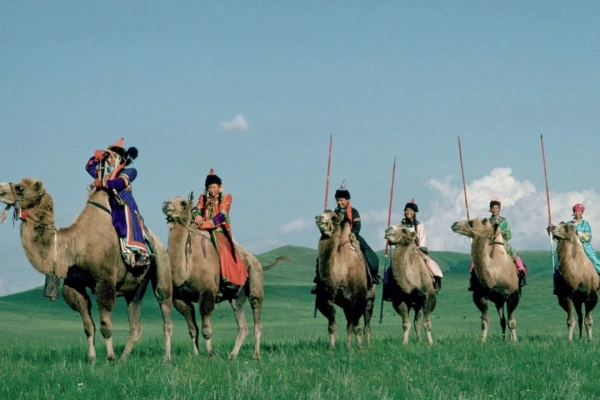Costa-Gavras sets his sights on Latin America in this superbly-constructed political-thriller that raises questions about the United States’ complicit involvement in counterinsurgency, torture and violence.

REVIEW #1,908
Dir. Costa-Gavras
1972 | France | Drama/Mystery/Crime | 121 mins | 1.66:1 | French
Not rated – likely to be NC16 for coarse language and some disturbing scenes
Cast: Yves Montand, Renato Salvatori, O.E. Hasse
Plot: Using the interrogation of a US counterinsurgency agent as a backdrop, the film explores the consequences of the struggle between Uruguay’s government and the leftist Tupamaro guerrillas.
Awards: Nom. for Best Foreign Language Film (Golden Globes)
Source: KG Productions
Accessibility Index
Subject Matter: Moderate – Politics
Narrative Style: Complex
Pace: Slightly Slow
Audience Type: Slightly Arthouse
Viewed: Criterion Blu-ray
Spoilers: No
After directing such extraordinary films as Z (1969) and The Confession (1970), Costa-Gavras set his sights on Latin America in what is another brilliant work from the master of the political-thriller.
While the country that the film is set in is never named, the plot is loosely based on the true story of the kidnapping of an American official in Uruguay by a leftist rebel group.
State of Siege was shot in Chile, a year before the infamous 1973 coup d’état rocked the nation, a subject matter that the filmmaker would return to in his Cannes Palme d’Or-winning work, Missing (1982), which was filmed in Mexico.
State of Siege sees Costa-Gavras working with Yves Montand again, as he plays a fictional composite of the aforementioned American official. In fact, structurally, the film begins with the lifeless body of Santore.
But while that might dilute any tension inherent in a ‘will he, or will he not survive?’ narrative, Costa-Gavras is not interested in making that kind of film. Instead, State of Siege works backwards to ask a more critical question: why was Santore kidnapped?
“This is not a personal problem. It was never that. It’s a political problem.”
Together with the screenwriter of The Battle of Algiers (1966), Franco Solinas, the filmmakers probe the United States’ complicit involvement in training counterinsurgents, developing new, so-called more ‘humane’ methods of torture, and provoking an escalation of continuous, cyclical violence in the regimes of South American countries.
Costa-Gavras’ masterful camerawork and editing capture the precise, hour-by-hour activities of the clandestine guerrilla group’s kidnapping operation in broad daylight, as well as the state police and military’s counterinsurgent response.
These make up the bulk of the superbly-constructed film, and so are scenes of politicians and journalists bickering about the ‘state of siege’ that is unfolding before their eyes.
But what seems to be most revealing are the conversations between Montand’s character and his masked interrogator—not only are political secrets revealed, but the fateful sense of inevitability between two men (one condemned to die; the other forced to go ahead with a meaningless action) is brought forth to an existential, even empathetic level.
Grade: A
Clip:
Music:











